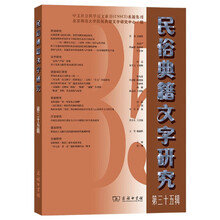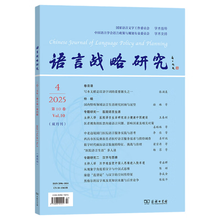Another important step related to the enrichment of the context incommunication is the choice of context. In RT, "context" is a fluidnotion, which can be extended until the hearer finds the interpretation thatis optimally relevant to the context. Like what we mentioned above, inaddition to linguistic decoding, the selection of one interpretation ratherthan another involves contextualfactors :general encyclopaedicinformation, short-term memory store, and, the immediate context. Allthese factors combine together, intersect and interact, and yield a range ofpossible contexts, and in the process of searching for relevance, aparticular context is chosen out of that range, which at last helps the hearerto reach the right interpretation of the speakers utterance.
The extension of the immediately given context lies in three ways(Sperber & Wilson, 1986:140 - 141 ).
Firstly, the hearer may have to include in the context not only theinterpretation of the immediate preceding utterance, but also theinterpretation of utterances occurring earlier in the exchange, i.e. theinformation stored in the hearers short-term memory. Scenario 9 is thevery example in this case.
Secondly, to extend the context, the hearer may have to add to it theencyclopaedic entries (or possibly smaller chunks of encyclopaedicinformation, taken from these entries) of concepts already present either inthe context or in the assumption being processed. For example.
展开










